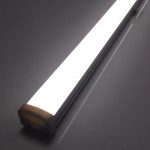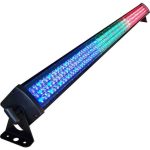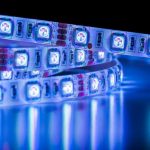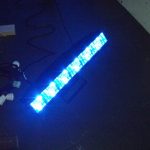LED Light Therapy: How Often Can You Rejuvenate Your Skin?
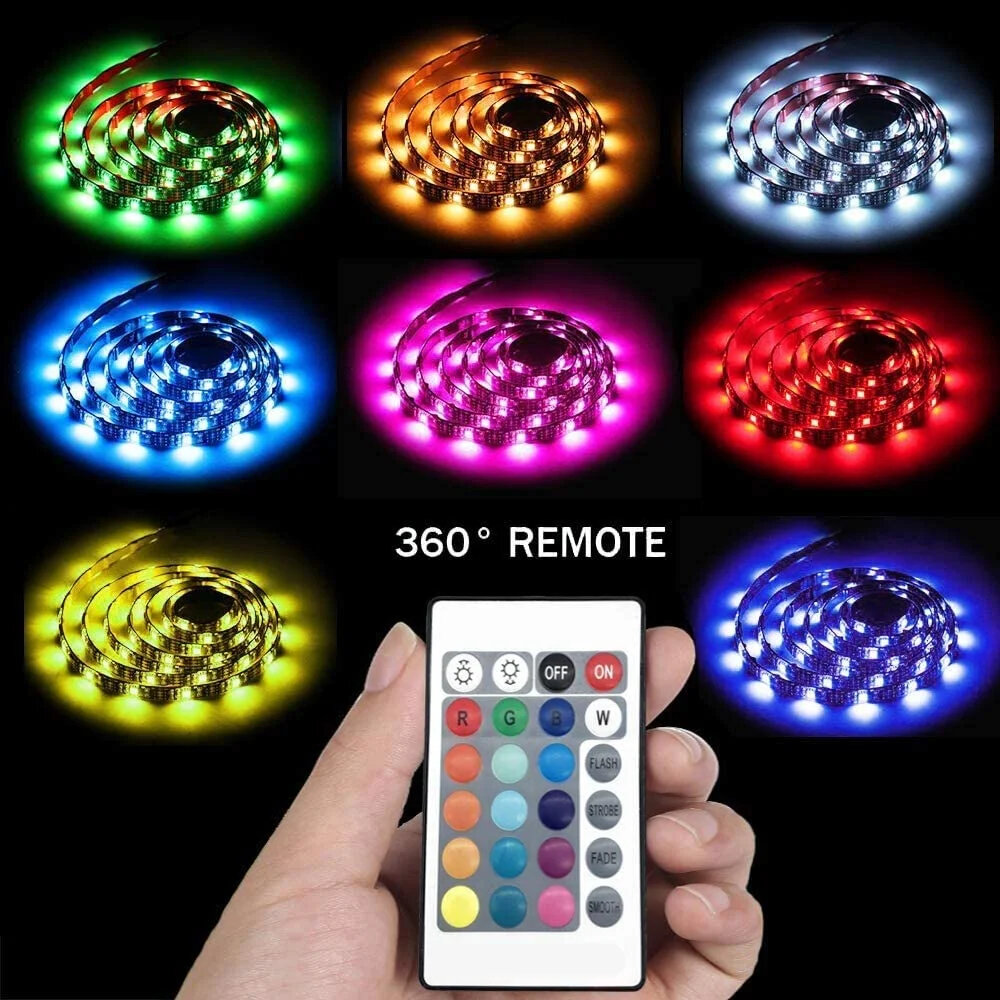
LED light therapy is a revolutionary treatment that has taken the world of skincare by storm. It is a non-invasive and painless procedure that utilizes specific wavelengths of light to stimulate the production of collagen, improve blood circulation, and promote cell repair. The treatment is effective in treating a wide range of skin problems, including acne, fine lines, wrinkles, and age spots. One of the biggest questions that people have when it comes to LED light therapy is how often they can rejuvenate their skin using this treatment. In this article, we will explore the various factors that determine the frequency of LED light therapy and provide you with some guidelines to help you get the most out of this amazing treatment. There are several factors that determine how often you can undergo LED light therapy to rejuvenate your skin. These include your age, skin type, the severity of your skin condition, and the type of LED light therapy you are receiving. For instance, if you have mild acne, you may need to undergo LED light therapy once a week for a few weeks to see significant improvement. However, if you have severe acne, you may need to undergo the treatment twice a week for several months to achieve the desired results. Similarly, if you are young and have healthy skin, you may only need to undergo LED light therapy once every few months to maintain your youthful glow, while older individuals may need to undergo the treatment more frequently to combat the signs of aging.
LED light therapy is a non-invasive skin rejuvenation technique that utilizes different wavelengths of LED lights to treat various skin conditions, such as acne, wrinkles, and hyperpigmentation. This therapy works by penetrating the skin at different depths and stimulating the production of collagen, which is responsible for skin elasticity and firmness. The red light is used for anti-aging benefits, blue light for acne, and yellow light for hyperpigmentation. LED light therapy is a painless and safe treatment that doesn’t cause any damage to the skin. It’s an effective alternative to more invasive procedures like laser therapy or chemical peels. The frequency of LED light therapy sessions depends on the individual’s skin condition and desired results, with some people seeing results after just one treatment, while others require multiple sessions for optimal results.
LED light therapy is a non-invasive treatment that can provide numerous benefits for skin rejuvenation. It works by emitting specific wavelengths of light that penetrate the skin and stimulate the production of collagen, elastin, and other proteins that help improve the texture, tone, and firmness of the skin. This therapy can also help reduce the appearance of fine lines, wrinkles, and acne scars. In addition, LED light therapy can improve blood circulation, reduce inflammation, and promote skin healing. It is a safe and painless procedure that can be done at a dermatologist’s office or at home with a handheld device. The best part is that it requires no downtime, so you can resume your daily activities immediately after the treatment. With regular use, LED light therapy can provide long-lasting results and leave you with a more youthful, radiant complexion.
How Often Can You Do LED Light Therapy?
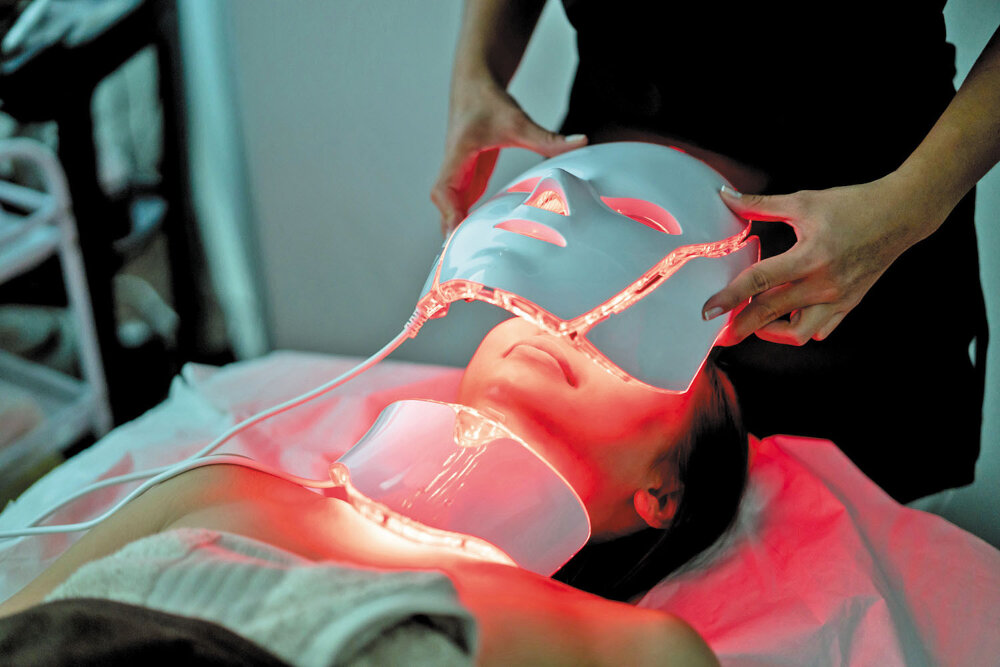
LED light therapy has gained popularity in recent years for its skin rejuvenating benefits. It is a non-invasive treatment that uses different wavelengths of light to stimulate collagen production, reduce inflammation, and improve skin texture. One of the most common questions asked about LED light therapy is how often it can be done. Generally, the frequency of LED light therapy treatments depends on the skin condition being treated and the severity of the issue. For instance, if someone is undergoing LED light therapy for fine lines and wrinkles, they might require more sessions than someone who is treating acne. In most cases, LED light therapy is safe and can be done weekly or bi-weekly. However, for certain skin conditions, such as severe acne, daily treatments may be necessary. It is important to note that LED light therapy is not a one-time fix for skin problems. Consistency is key, and regular treatments are required to see long-term results. It is also crucial to follow the recommended treatment plan and not to overdo it, as too much LED light therapy can be counterproductive and even harmful to the skin.
General recommendations for LED light therapy frequency depend on the individual’s skin concerns and the type of LED light therapy used. For anti-aging benefits, it is recommended to undergo LED light therapy sessions twice a week for 4-6 weeks, followed by maintenance sessions once a month. For acne treatment, LED light therapy sessions can be done 2-3 times a week for 4-6 weeks, followed by maintenance sessions once a month. However, it is important to consult with a skincare professional to determine the appropriate frequency and duration of LED light therapy sessions for your specific needs. Overuse of LED light therapy can lead to skin irritation and damage, so it is important to follow the recommended frequency and duration for optimal results.
The frequency of LED light therapy depends on several factors, including the condition being treated, the intensity of the light, and the individual’s skin type. For example, if treating acne, it may be necessary to do LED light therapy daily or every other day for a few weeks. However, if using LED light therapy for anti-aging purposes, it may only be necessary to do it once or twice a week. The intensity of the light also plays a role, as higher intensities may require less frequent treatments. Additionally, individuals with more sensitive skin may need to do LED light therapy less frequently to avoid irritation. Overall, it is best to consult with a skincare professional to determine the optimal frequency of LED light therapy for your specific needs.
LED light therapy is a non-invasive treatment that uses different wavelengths of light to penetrate deep into the skin and promote cell regeneration. There are several types of LED light therapy, including red, blue, yellow, and green light. Red light therapy is recommended for anti-aging and collagen production, with a frequency of 660 nanometers. Blue light therapy is used for acne and has a frequency of 415 nanometers. Yellow light therapy is recommended for reducing redness and inflammation, with a frequency of 590 nanometers. Green light therapy promotes a more even skin tone and has a frequency of 525 nanometers. The recommended frequency and duration of LED light therapy varies depending on the individual’s skin condition and needs. It is important to consult with a skincare professional before beginning any LED light therapy regimen.
Are There Risks to Doing LED Light Therapy Too Often?
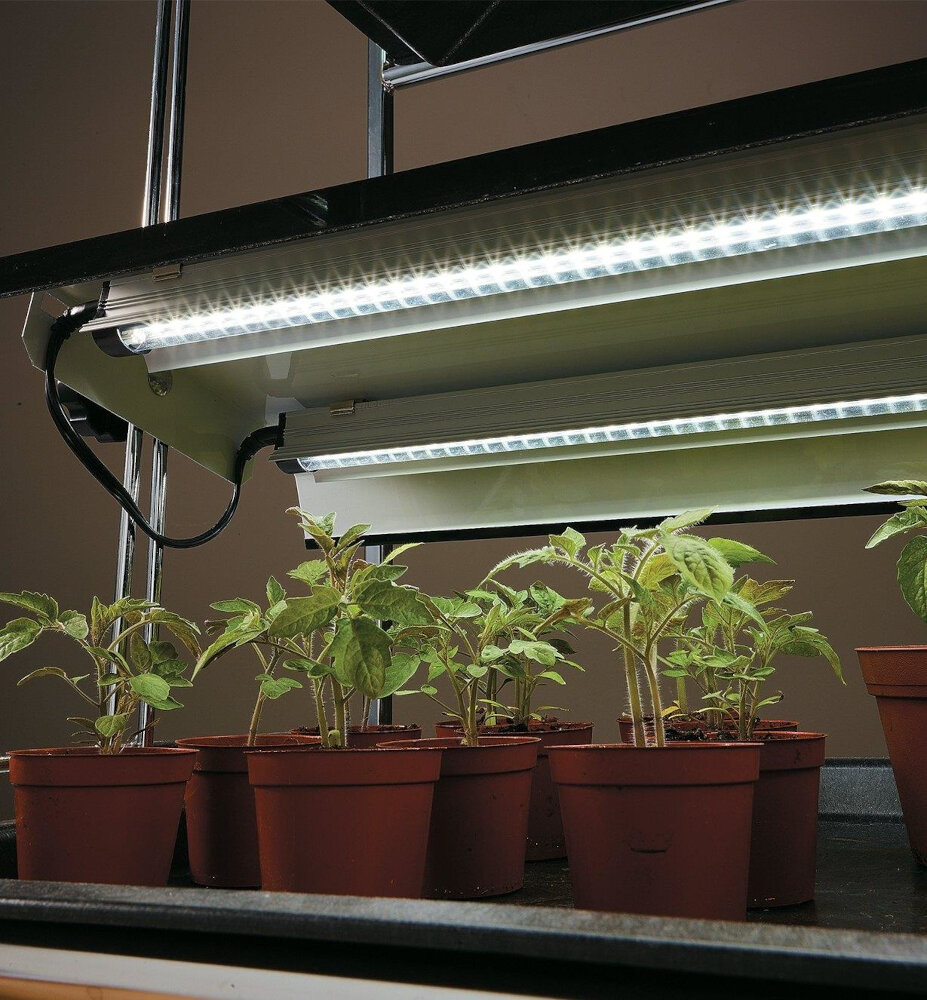
LED light therapy is becoming increasingly popular as a non-invasive skin rejuvenation treatment. However, it is important to consider the risks of doing LED light therapy too often. While LED light therapy is generally safe, excessive use can lead to adverse effects. Overuse of LED light therapy can cause skin irritation, redness, and inflammation. This is because LED light therapy emits high levels of energy that can cause harm to the skin if used too frequently. Furthermore, doing LED light therapy too often can also damage the eyes. The LED lights used in LED light therapy emit high levels of brightness that can cause eye strain and damage if proper eye protection is not used. Prolonged exposure to LED light therapy can cause headaches, dizziness, and nausea. It is important to consult with a dermatologist or skincare professional to determine the appropriate frequency of LED light therapy treatments based on individual skin type and condition. In conclusion, while LED light therapy can be an effective skin rejuvenation treatment, it is important to use it in moderation to avoid any potential risks and damage to the skin or eyes.
Although LED light therapy is generally considered safe, overusing it can lead to potential risks. One of the most common issues is skin irritation, which can be caused by prolonged exposure to the light. Certain types of LED lights, such as blue light, can also cause dryness and sensitivity to the skin. Additionally, overusing LED light therapy can lead to hyperpigmentation or a change in skin color, especially for people with darker skin tones. Another potential risk is eye damage, as the bright LED lights can be harmful if directly exposed to the eyes. Therefore, it is important to follow the recommended guidelines and consult with a healthcare professional before starting any LED light therapy regimen to avoid any adverse effects.
LED light therapy is a non-invasive treatment that can be used frequently to rejuvenate the skin. However, it’s important to take some precautions when doing this therapy frequently. First of all, avoid using LED light therapy if you have any open wounds on your skin as it can cause infection. Secondly, be sure to wear protective eyewear to avoid any damage to your eyes. It’s also important to clean the skin before the therapy to remove any makeup or dirt. Additionally, avoid overusing the therapy as it can cause skin irritation or dryness. Finally, consult a dermatologist before starting any new treatment, especially if you have any skin conditions or allergies. By following these precautions, you can safely enjoy the benefits of LED light therapy for healthy and rejuvenated skin.
How to Get the Best Results from LED Light Therapy
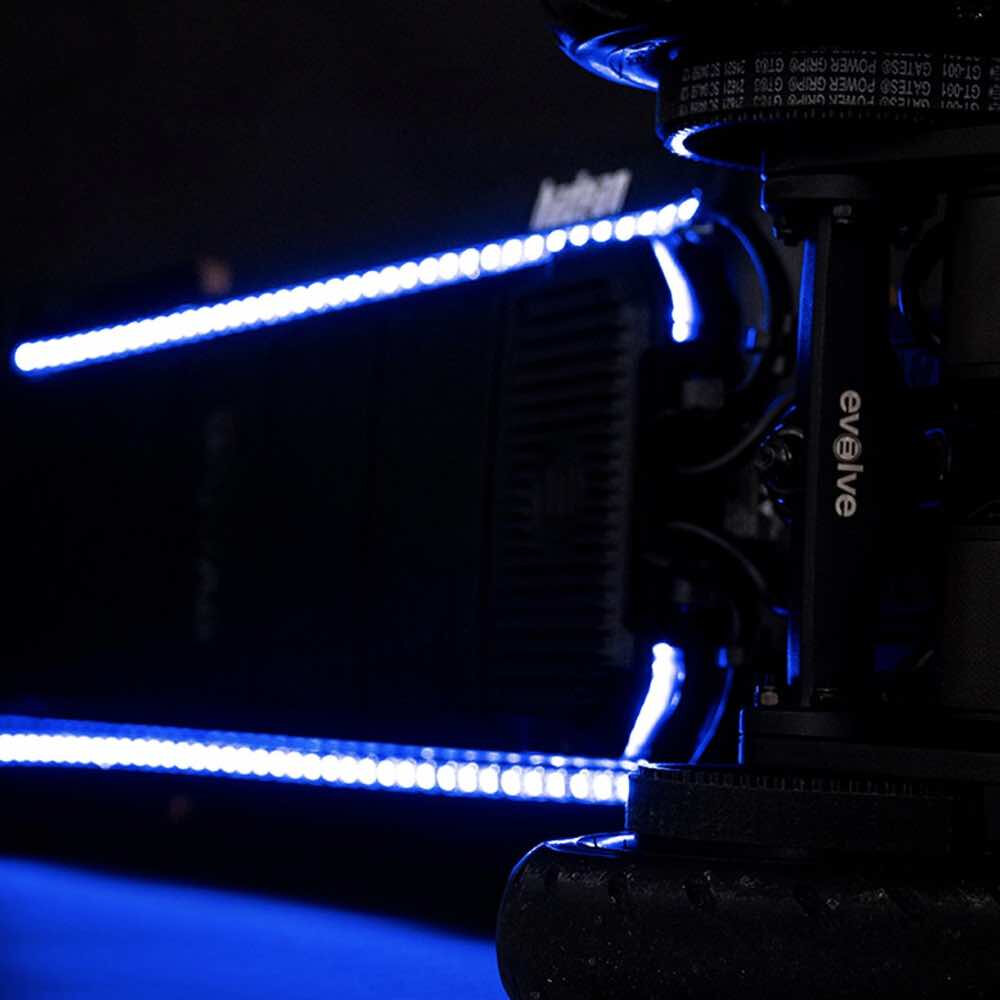
LED light therapy has become increasingly popular in the skincare industry due to its non-invasive and effective nature. However, to get the best results from LED light therapy, it is essential to follow a few guidelines. Firstly, it is important to know your skin type and choose the appropriate LED light therapy device accordingly. For example, blue LED light therapy is best for acne-prone skin, while red LED light therapy is ideal for anti-aging and reducing fine lines and wrinkles. It is also important to use the device on clean skin to ensure that the light penetrates the skin effectively. Another crucial aspect to consider when using LED light therapy is the frequency of use. While LED light therapy can be done at home, it is important to not overdo it. It is recommended to use LED light therapy devices for 10-20 minutes per session, 2-3 times a week. Consistency is key, and it may take several weeks to see noticeable results. Additionally, it is important to protect your skin from harmful UV rays by wearing sunscreen and avoiding prolonged sun exposure. By following these guidelines, you can maximize the benefits of LED light therapy and achieve healthy, glowing skin.
To maximize the benefits of LED light therapy, there are a few tips to keep in mind. Firstly, it’s important to use a high-quality device that emits the correct wavelength of light for your intended purpose. Secondly, consistency is key – aim to use the device regularly for at least a few weeks before expecting to see significant results. Additionally, it’s important to follow the recommended treatment time and distance from the device. Finally, LED light therapy can be enhanced by pairing with other skincare treatments such as serums or masks that contain ingredients that work well with the specific light wavelength being used. By following these tips, you can ensure that you’re getting the most out of your LED light therapy sessions and seeing the best possible results for your skin.
LED light therapy is a non-invasive and effective way to rejuvenate your skin. Incorporating it into your skincare routine can do wonders for your skin. This therapy works by exposing your skin to different wavelengths of LED light, which penetrate deep into your skin cells and stimulate collagen production. It helps to reduce fine lines, wrinkles, and other signs of aging. You can use LED light therapy at home, but it’s important to consult with a skincare professional first to determine the best treatment plan for your skin type. You can use it as often as once a week, but it’s essential to give your skin time to rest in between sessions. Overall, incorporating LED light therapy into your skincare routine can help you achieve brighter, more youthful-looking skin.
LED light therapy is a non-invasive skin treatment that uses different wavelengths of light to address various skin concerns, including acne, wrinkles, and hyperpigmentation. The frequency of LED light therapy sessions depends on the individual’s skin type and condition, as well as the desired results. Generally, a series of sessions spaced 1-2 weeks apart is recommended to achieve optimal results. After the initial treatment phase, maintenance sessions can be scheduled every 4-6 weeks to maintain the benefits of LED light therapy. It is important to note that LED light therapy is not a one-time quick fix and requires consistency and patience to see significant improvements in the skin’s appearance.
When it comes to LED light therapy, the frequency of use depends on individual skin needs. For those with mild skin concerns, such as fine lines and wrinkles, using LED light therapy once a week for 10-15 minutes can be effective. However, for those with more severe concerns, such as acne or rosacea, using LED light therapy up to three times a week for 20-30 minutes may be necessary. It’s important to consult with a dermatologist or skincare professional to determine the best frequency and duration of LED light therapy for your specific skin concerns. Additionally, it’s important to note that consistency is key when it comes to seeing results from LED light therapy. So, make sure to stick to a regular schedule and give your skin time to fully benefit from the therapy.
Conclusion
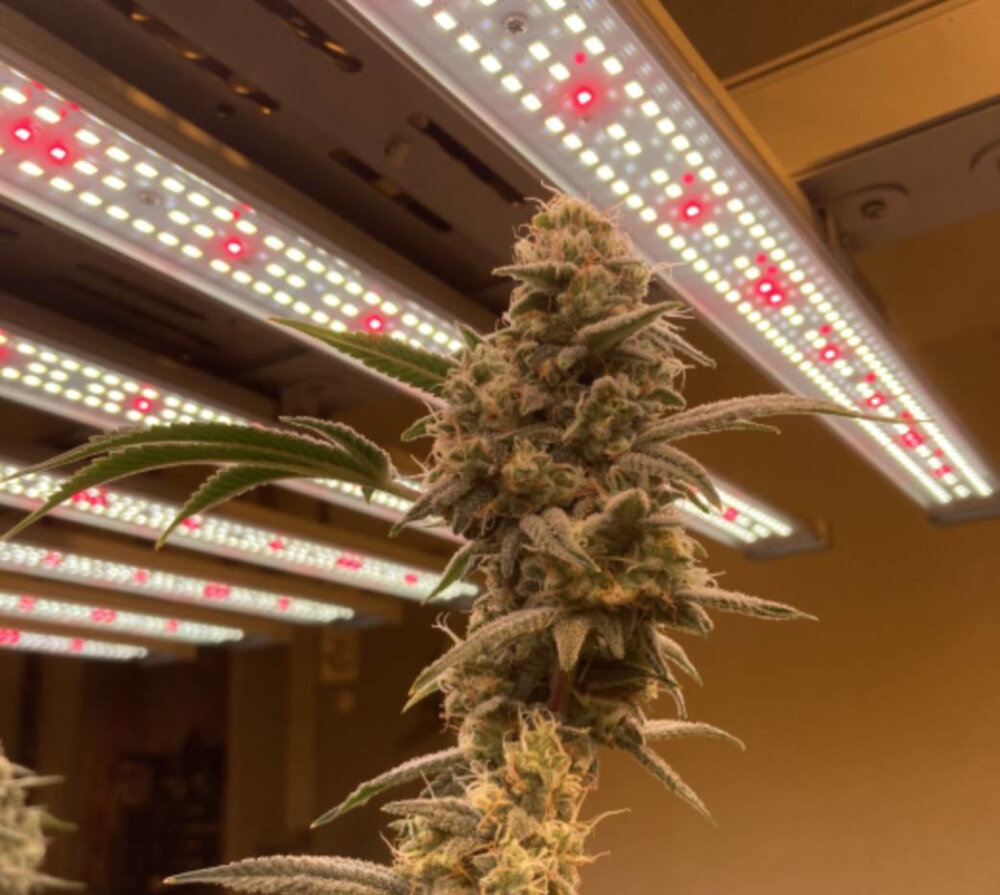
In conclusion, LED light therapy has proven to be an effective non-invasive method for rejuvenating the skin. The frequency of treatment varies depending on the individual’s skin concerns and goals. For general maintenance and improvement, it is recommended to undergo LED light therapy once a week. However, for more severe conditions such as acne or wrinkles, it may be necessary to have more frequent sessions. It is important to consult with a skincare professional to determine the appropriate frequency of LED light therapy for your specific needs. Ultimately, incorporating LED light therapy into your skincare routine can lead to a more youthful, radiant complexion without the downtime or side effects of more invasive treatments.

